A young girl, I’m guessing at no more than in her early twenties, struggles with her shopping trolley and two small children. Her hair is unkept. She wears thongs on her dusty feet. Both children, a toddler and a preschool-age girl, sit inside the trolley, amidst copious cans and boxes. The youngsters wear thongs and only shorts and t-shirts, even though it is only 2.5degrees.
A woman arrives at the ATM for some cash. She wears high-heeled court shoes with a smart black pant-suit. Her shoulder length hair is cut in the latest style. Her make-up and jewellery are subtle and elegant. In the latest model 4-wheel drive she pulled up in sit her husband, her teenage son with earphones nodding his head rhythmically to his ipod, and young daughter fidgeting with her hair. Several new carry bags from up-market clothes shops are draped over the back seat.
A youth walks alone, crumpled denim shirt, red knitted hat pulled right down over his head, kicking stones, sometimes picking them up and then throwing them away, aimlessly.
A man with dust on his shoes and his ute, sunnies on the top of his head and a newspaper under his arm, stops at the café for a bacon and eggs breakfast.
A middle aged woman hurries along the footpath in a most efficient manner carrying office files. While a young woman at the information center greets the tourists and helps out with cheerful advice.
An old man stumbles between a tree and a pub. His whole appearance is disheveled, torn and dirty.
A man, who is in town for a short while to pick up supplies, weasels five bucks out of Chewie to have his picture taken. “You’re not going to see a face like this in Melbourne, mate.” he says. He claims to be a painter who spends his time teaching the young ones about his art and the dream time.
There is a wide array of social status. And attitude. And I guess, ultimately, no matter what tribe you come from - black, white, red, yellow, brown or pink with purple spots, it’s all up to your attitude.

"...you won’t see a face like this in Melbourne"
no, not for $5.00...
 ‘Hannan Street, Kalgoorlie’
‘Hannan Street, Kalgoorlie’ ‘Exchange Hotel, Kalgoorlie’
‘Exchange Hotel, Kalgoorlie’ ‘Recreation Hotel, Boulder’
‘Recreation Hotel, Boulder’ ‘Paddy Hannan gave this town its gold. Now quenches passerby's thirst’
‘Paddy Hannan gave this town its gold. Now quenches passerby's thirst’
 ‘The Super Pit – a very big hole’
‘The Super Pit – a very big hole’  ‘he saw the big truck and followed’
‘he saw the big truck and followed’ ‘little wheels, big wheels’
‘little wheels, big wheels’ ‘the ‘CAT’ hardly fits’
‘the ‘CAT’ hardly fits’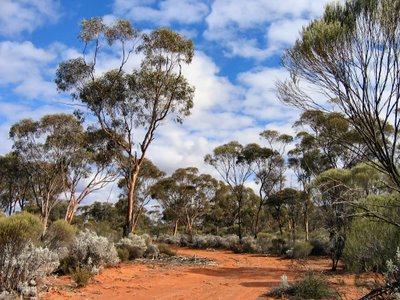 ‘find a nice spot’
‘find a nice spot’ ‘a good morning peck’
‘a good morning peck’ ‘light show’
‘light show’
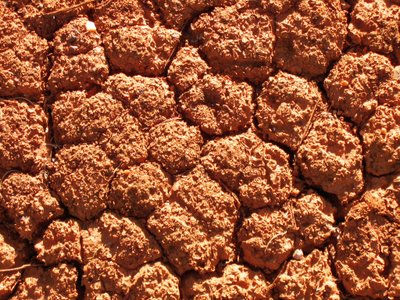 ‘elephant’s hide’
‘elephant’s hide’ ‘entirely covered by black pebbles’
‘entirely covered by black pebbles’ ‘a volcano like mound’
‘a volcano like mound’ ‘towering mud structure’
‘towering mud structure’ ‘fine webs coat the surrounds...’
‘fine webs coat the surrounds...’ ‘...of another mound’
‘...of another mound’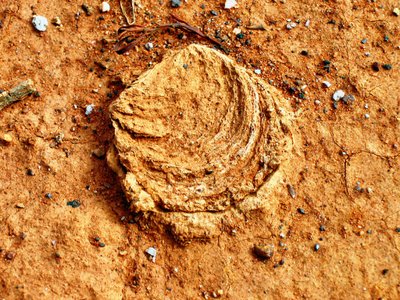 ‘I guess the occupant is home, we better not disturb’
‘I guess the occupant is home, we better not disturb’ ‘bronzed trunks’
‘bronzed trunks’
 ‘they think it’s funny that we are so interested’
‘they think it’s funny that we are so interested’ ‘Kyle’s work of art’
‘Kyle’s work of art’


 ‘bikers relax in the sun’
‘bikers relax in the sun’ ‘The fastest barman in the west’
‘The fastest barman in the west’ Tough 'House Rules'
Tough 'House Rules'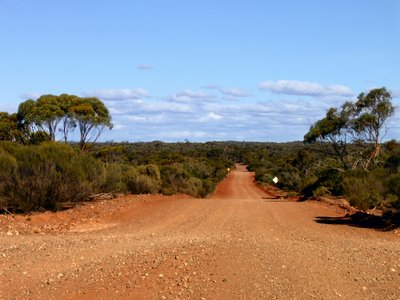 ‘The road to Siberia’
‘The road to Siberia’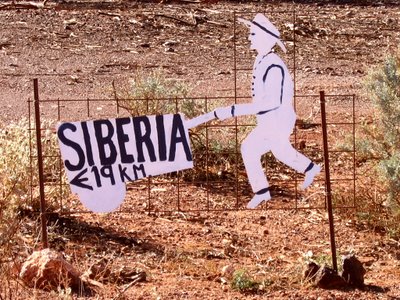 ‘Siberia 19km’
‘Siberia 19km’ ‘rusty can’
‘rusty can’ ‘baby angel’
‘baby angel’ ‘Afghan cameleers saved many lives during the ill-fated rush to Siberia’
‘Afghan cameleers saved many lives during the ill-fated rush to Siberia’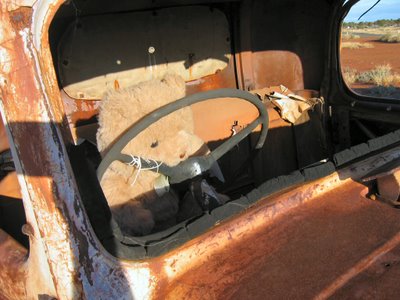 ‘another driving bear’
‘another driving bear’ ‘stuck in ‘park’’
‘stuck in ‘park’’ ‘and a road shot for Denny – as requested’
‘and a road shot for Denny – as requested’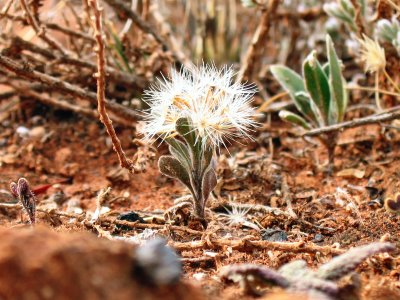





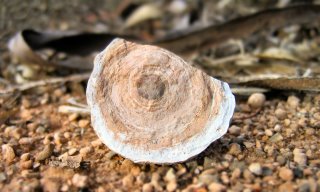 ‘Balladonian Marble’
‘Balladonian Marble’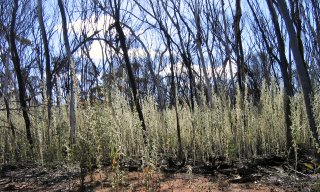 ‘blackened trees’
‘blackened trees’ ‘he paused, as if to pose to “have his picture took”’
‘he paused, as if to pose to “have his picture took”’ ‘Foster sheep station – An Oasis in the Desert’
‘Foster sheep station – An Oasis in the Desert’ ‘a large red hill, which looked purple from the distance – shimmering in every shade of red, bronze and gold’
‘a large red hill, which looked purple from the distance – shimmering in every shade of red, bronze and gold’ ‘signs leading to Norseman’
‘signs leading to Norseman’